I think anyone who follows this site knows that I’m something of perfectionist: when I don’t have any editorial constraints, I’m the sort of person who will nitpick at something until it comes out just right. Sometimes, I feel like a piece is perfect almost from the get-go. Other times, well, it takes a while before I can mold a piece of writing into something I’m satisfied publishing. A lot of the stuff I cover here doesn’t see a lot of attention anywhere else, after all, and I want those folks who come here from a Google search on obscure gaming subjects to walk away feeling completely satisfied. So when I write a big ol’ piece about Raimais or MC Hammer’s video game influence or weird as hell Virtua Fighter OVAs, I want it to be really, really good.
So when Arkanoid vs. Space Invaders originally came and went as a Japanese-exclusive F2P mobile game, I wanted to write a lot about it. I would be the only person memorializing this odd little game chock-full of Taito fanservice in English, after all, and it would be my duty to preserve a little piece of gaming history most others would overlook. I’d done something similar for Bubblen March, another Taito F2P game that died suddenly months after I wrote about it, but in this case, I wanted to do it better.
Unfortunately, my perfectionistic tendencies kicked into overdrive, and while I poked away at it for months on end, I never really felt satisfied with the piece as a memorial. I was the sole person enshrining this game’s memory, dammit, I had to do the best job I could, and I would have rather not posted anything at all than posted something I wasn’t happy with.
But then a funny thing happened: out of nowhere, Arkanoid vs. Space Invaders was reborn as a global paid app on iOS and Android. For about $5, you can play the game with no further strings attached.
It was a weird relief: I didn’t have to hold myself responsible for preserving the game’s memory outside of Japan, because now it not only existed again, but was available in roughly a dozen different languages. It’s received a fair bit of word-of-mouth and good initial reception, too. However, I still think there’s something to be looked at here, since many of the people now playing the game didn’t have an opportunity to see how the game was transformed in its unlikely revival.
I think it’s finally time to sit down and talk about Arkanoid vs. Space Invaders.
So, as you might expect given the title, the central conceit of Arkanoid vs. Space Invaders is to create a blend of two different titles from Taito’s library of venerable arcade classics. There’s a simplistic story to explain what’s going on: sometime in the future, the Invaders are coming to an unknown area of space, and the only way to fight them back is for the mothership Arkanoid to launch the Vaus to take on their forces. Your mission is to clear a procession of levels, each one within a certain time limit. However, since the Vaus lacks firepower of its own, it fights back in its own unique way: by reflecting the Invaders’ shots.
By dragging your finger on the screen, you can move the Vaus around to deflect shots from the Invaders. These can be angled depending on where on the Vaus they’re reflected from, or — thanks to your limited area of up-and-down movement — you can quickly flick the Vaus up to fire a powerful smash-shot straight upwards. These reflected shots not only blast invaders, but can eliminate blocks and other obstacles they might be using as shields. Defeated does and smashed blocks sometimes drop power-ups: medals, time-ups, attack-ups, and skills, which we’ll get to later. The objectives vary from level to level: while most stages have you eliminating Invaders, some will ask you to focus on blocks or other targets instead.
On the left and right sides of the screen are the Vaus’s attack gauge, which fills from reflecting enemy fire and by collecting attack-up capsules. When this meter is maxed out, the Vaus temporarily transforms into a launcher that tosses a ball out onto the playing field at an angle you specify. Once the ball is loosed, it’ll bounce off enemies, blocks, walls, and the Vaus, damaging all the foes and obstacles it comes into contact with. The ball sticks around until either the attack meter depletes fully or it falls off the bottom of the field, whichever comes first.
The stages begin as fairly straightforward affairs, but eventually they start introducing more and more odd obstacles and objectives into the mix. The silver and gold blocks from Arkanoid start to put in appearances, and they’re every bit as annoying here as they were in those titles. Force fields that alter projectile movement mess with your ability to judge where your shots will land. Different shot types launched by the invaders follow different movement patterns. Eventually, things start to get really difficult, really fast. That’s where the characters come in!
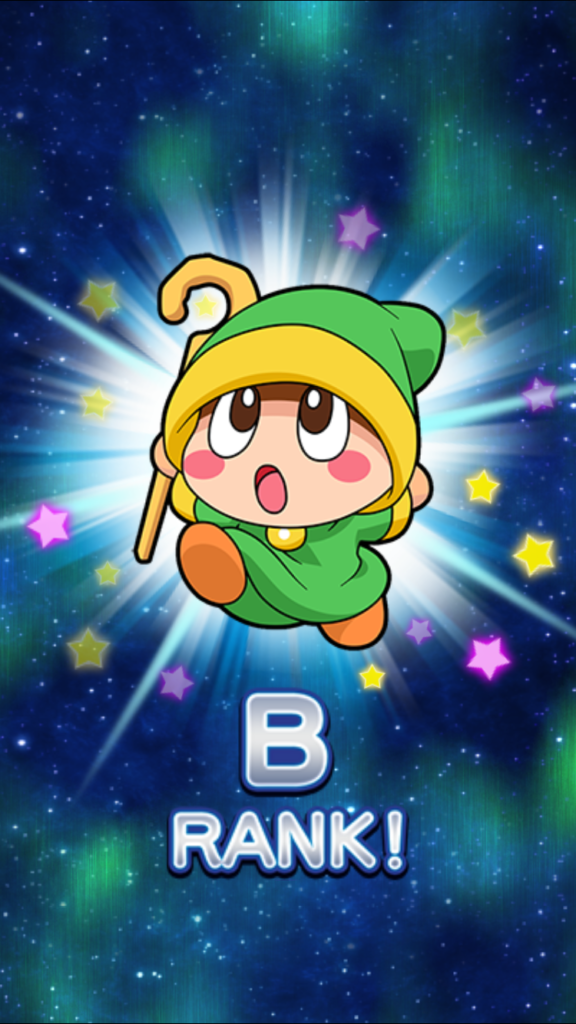 Arkanoid vs. Space Invaders has assembled a rogue’s gallery of Taito personalities, both fairly well-known (like the Bubble Bobble and Psychic Force casts) to more obscure faces like Ptolemy (The Fairyland Story), Patoraco (Cleopatra Fortune), Reika (Time Gal), and even Sonic Blast Man. (Sadly, Rika Midorikawa didn’t make the cut.) In the original F2P version of the game, characters were acquired via random gacha pulls, done with either medals (earned in-game) or crystals (the premium currency). In the revamped edition, however, you simply unlock characters as you go along, either through achievements or by clearing specific levels. (The characters unlocked through level-clears still have to be purchased with medals; unlocking them simply makes them available to buy.)
Arkanoid vs. Space Invaders has assembled a rogue’s gallery of Taito personalities, both fairly well-known (like the Bubble Bobble and Psychic Force casts) to more obscure faces like Ptolemy (The Fairyland Story), Patoraco (Cleopatra Fortune), Reika (Time Gal), and even Sonic Blast Man. (Sadly, Rika Midorikawa didn’t make the cut.) In the original F2P version of the game, characters were acquired via random gacha pulls, done with either medals (earned in-game) or crystals (the premium currency). In the revamped edition, however, you simply unlock characters as you go along, either through achievements or by clearing specific levels. (The characters unlocked through level-clears still have to be purchased with medals; unlocking them simply makes them available to buy.)
Character choice has a tremendous effect on the gameplay: when a skill power-up is collected, it triggers a limited-time, character-specific ability. Some skills are fairly straightforward, like increasing the Vaus’s size or increasing attack meter or medal gains. Others are a bit more unique: being able to grab and hold enemy shots for a brief time, firing back projectiles you may have missed, using magnetic force to draw in projectiles, even allowing for a bot of additional control over the ball once it’s launched. A character choice can often mean the difference between a fairly easy clear and retrying the same level 20 times while hoping you get lucky with power-up drops. (Interestingly, a lot of these abilities are brand-new additions to the paid version of the game — many high-level gacha characters in the F2P version simply had vastly superior versions of existing skills.)
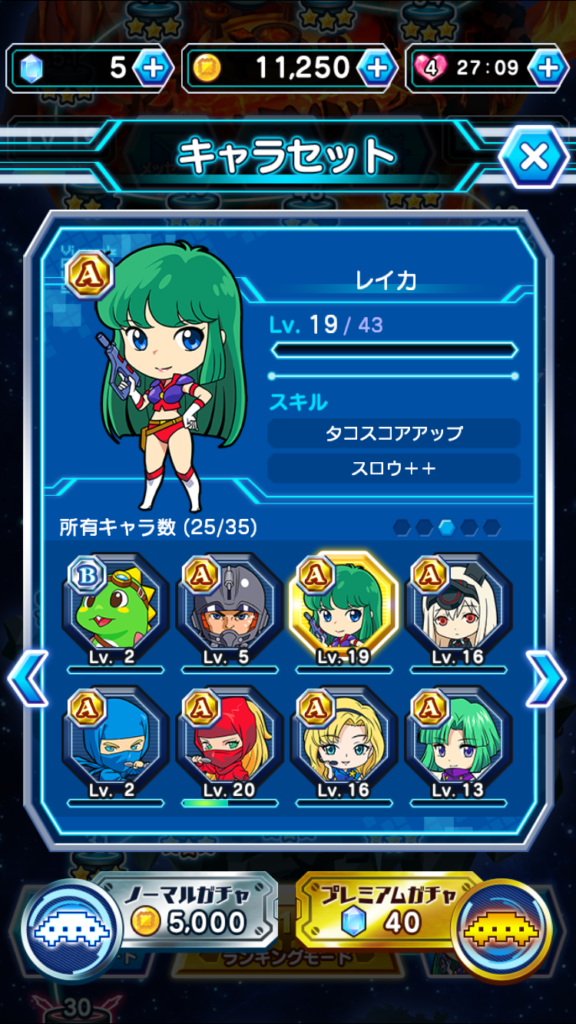 The character-switching mechanic is one of several that betrays AvSI’s roots as a F2P title: the idea was that you’d try to spend money rolling for a good character roster in order to have an easier time clearing stages with their abilities. The other is the power-up system: by spending medals, you can lengthen the Vaus, increase the smashing strength of the ball, add to the time of Attack Mode, or get a last-ditch Attack Mode chance that will trigger when your level timer’s about to expire. In the F2P version, these either things cost premium currency or an absolute boatload of medals — in the new version, they’re still pretty expensive, but grinding a few levels with a character who provides extra medal drops suffices just fine.
The character-switching mechanic is one of several that betrays AvSI’s roots as a F2P title: the idea was that you’d try to spend money rolling for a good character roster in order to have an easier time clearing stages with their abilities. The other is the power-up system: by spending medals, you can lengthen the Vaus, increase the smashing strength of the ball, add to the time of Attack Mode, or get a last-ditch Attack Mode chance that will trigger when your level timer’s about to expire. In the F2P version, these either things cost premium currency or an absolute boatload of medals — in the new version, they’re still pretty expensive, but grinding a few levels with a character who provides extra medal drops suffices just fine.
One thing that’s completely, mercifully absent from the revived game is any sort of leveling. The F2P version had you spending medals primarily on leveling up your power-up drops and meter gain: as you increased their level, certain types of items would drop more frequently and in better variations (i.e. a 3-second time-up capsule rather than a 1-second capsule) , and your attack gauge would fill faster. The monetary grind was mostly to get these leveled up, especially the time drops. Characters also had levels that affected the power of their abilities — besides an active ability, they also had a passive ability that increased scoring against certain enemies, with higher scores leading to higher rankings on levels (and therefore more rewards). They leveled up through usage, which was the game’s way of encouraging you to constantly play and to replay completed levels.
Unfortunately, even if you wanted to play a bunch of levels all in one go to grind for money or EXP, you had to contend with a really terrible variant on the typical mobile game stamina system. You could stock a maximum of five hearts, with each heart equaling one attempt at a level. It took half an hour for a single heart to regenerate, and given that the stages typically lasted under 45 seconds of playtime each, the ratio of waiting time to playing time was atrocious. Of course, you could spend crystals to get more hearts, but with a time-to-money ratio lower than the majority of 100-yen arcade games, it wasn’t a particularly enticing proposition. The new version, of course, does away with this entirely, letting you play as many stages as you want.
Yet being able to play so much in a single sitting also reveals one of the game’s biggest problems: there are some absolutely fiendish difficulty spikes in this game, and they were designed for the purpose of making you frustrated and desperate to the point of spending money — be it through gacha pulls to try and snag a better character, special items to make the stages a little easier, or just continuing a few additional seconds at a time until you finally beat the stage objective. Of course, “inducing spending through frustration” is a pretty shitty way to do F2P, and the fact that a failure cost a heart that would take half an hour to restore made things even worse. Here, it’s still pretty annoying — you can spend a bunch of medals on enhancement items and still fail due to reasons that feel out of your control, leaving you to grind earlier levels to make up all the money you spent in order to try again.
What I don’t understand, however, is why they didn’t bother to fix this for the paid version of AvSI. You still have levels where it feels like winning is a luck-based combination of character, power-ups, good drops, and praying really hard. Precise angling of shots and ball bounces can be really, really tough, especially under time constraints, and when the game throws in obnoxious gimmicks like force fields, you really start to feel like you’re just banging your head against these stages until they decide to let you win. It’s particularly bad when you’re just a few levels off from being able to unlock new characters with skills that would be perfect to use with the stage you’re currently in, but nope, you have to beat the boss level before you can buy them, tough luck. Why not make all characters unlockable from the get-go and just let players grind a bit for the medals needed to buy them? Better yet, why not make the stages less frustrating overall? (Edit to add a suggestion for players: you can cheese your way through a fair few difficult stages if you take the time to grind 20 boss stages to unlock Great Thing, whose skill is pretty ridiculous on a lot of levels, but worthless on ones with a lot of gold blocks… which tend to be the most frustrating.)
When the game’s not phone-throwingly difficult, it’s a lot of fun. Smashing a bunch of Invaders and obstacles is immensely satisfying, and the bits and bobs of Taito fanservice scattered about are a real tweet for nerds like me who actually recognize Nancy from Chase HQ. Using character abilities to solve situations makes for interesting puzzle bits. If the game maintained that level of difficulty throughout — consistently having stages that need maybe 3 or 4 tries to get right rather than randomly tossing in ones that seem to hate you and everything you stand for — it would be a much better product. Alas, it probably wouldn’t have inspired anyone to spend money if it was like that.
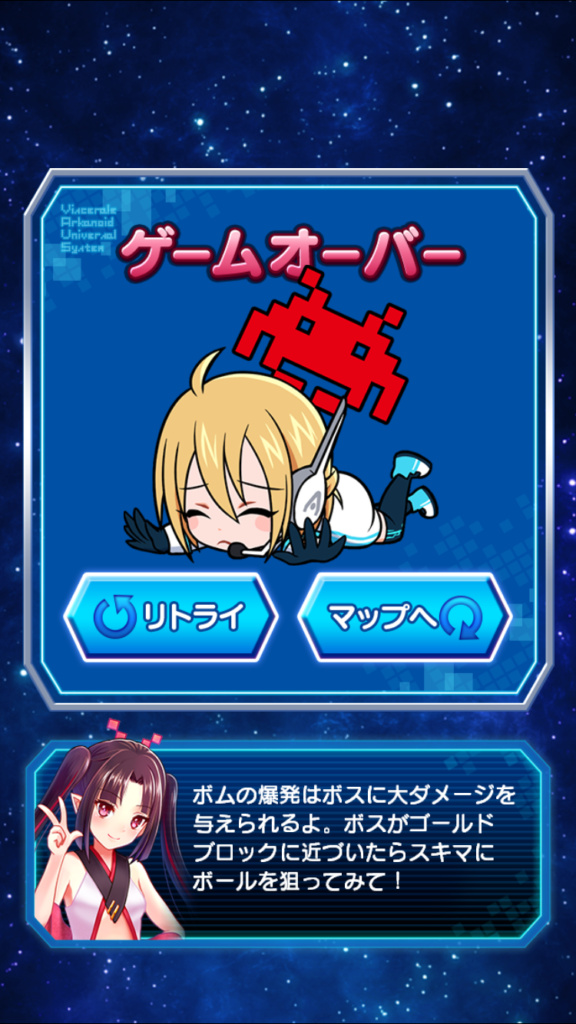 Then again, given the game’s extremely short lifespan as a F2P title, people didn’t seem to be spending money anyway. A lot of the reasons why this game flopped as a F2P title are probably evident from my descriptions: stages were too difficult, levels were short, and so much of the game felt like a grind installed simply to convince you to spend money to make things easier. It was also incredibly stingy with giving out crystals: you needed 40 for a single pull of the premium gacha, and they were very infrequently given out as stage and login rewards — you’d be lucky to get enough crystals in a single month to buy more than one premium gacha pull. What precious few freebies you did get had to be hoarded, turning things like stage continues and booster items into pricey luxuries. Taito wanted you to spend money, and by God, they were going to do everything possible to drill it into your head that spending was better than saving. When a company treats you like that, why would you want to stick around?
Then again, given the game’s extremely short lifespan as a F2P title, people didn’t seem to be spending money anyway. A lot of the reasons why this game flopped as a F2P title are probably evident from my descriptions: stages were too difficult, levels were short, and so much of the game felt like a grind installed simply to convince you to spend money to make things easier. It was also incredibly stingy with giving out crystals: you needed 40 for a single pull of the premium gacha, and they were very infrequently given out as stage and login rewards — you’d be lucky to get enough crystals in a single month to buy more than one premium gacha pull. What precious few freebies you did get had to be hoarded, turning things like stage continues and booster items into pricey luxuries. Taito wanted you to spend money, and by God, they were going to do everything possible to drill it into your head that spending was better than saving. When a company treats you like that, why would you want to stick around?
But even those who did stick around weren’t given much in the way of new or interesting content. Limited-time event levels and special features were nonexistent, and only a handful of added gacha characters made it into the game during the short timeframe it was up and running. In the couple of months before the game’s announced closure, some things were done to try and rejuvenate interest: reducing heart recharge time from 30 to 5 minutes, giving out lots of free crystals and gacha tickets, and — of course — new gacha pulls featuring swimsuit versions of characters, which I’m convinced every Japanese gacha game is required to have by law. Alas, it was too little, too late, and it failed to address a lot of the game’s key design flaws. The end of the game’s F2P incarnation was announced with this image:
It was rather bittersweet, because while AvSI did have problems, a lot of things could have been fixed at the level of “for God’s sake, make this feel like less of a grind and stop trying to force us to buy stuff.” Shown in this image, in fact, are several characters who were never seen in the F2P game, like C-Mond from Puchi Carat and the Syvalion, indicating that the designers wanted to implement certain characters but were never able to actually get them in the game before it shuttered. (A few of these characters do show up in the paid version.
That’s why I was so surprised when Arkanoid vs. Space Invaders not only sprung back to life, but did so by fixing several of its biggest issues. The obnoxious difficulty spikes are still present, but the game doesn’t feel like it’s breathing down your throat in an attempt to get you to spend money while offering little in return beyond some cute fanservice for nerdos like me. It’s undeniably a better product as a result, but I truly do believe that it could have succeeded even as a F2P title with a different approach to its monetization plan.
There’s one last complaint I have about the paid version, however: in an attempt to provide more value for money (because $5 is really expensive for a bunch of mobile players, sigh), the game adds in “hard” variants of existing levels. These are the same levels as before, only with less of a timer, power-down items that drop, and time penalties every time you fail to reflect a shot. It feels like this mode was just tossed in without really testing it, because there are stages that feel downright impossible in their hard variants: unless you’re prepared to blister the hell out of your thumb by dragging it across the screen at supersonic speeds, there is no way on earth you can reflect all of the shots fired at you in certain levels. And given how obnoxious certain stages are on regular difficulty, why would you ever want to try them with some arbitrary difficulty-increasing mechanics tacked on?
“? coming soon” ahaha nope 🙁
So there we have it. I think I’ve finally produced a fairly comprehensive look at the game Arkanoid vs. Space Invaders was a year ago, and what it has become since. If you’re a Taito nerd, buying this is a no-brainer, and it’s pretty fun even if you’re not up on Taito’s back catalogue — provided you can deal with a few levels that will drive you up the goddamned wall. I do hope that the revamp of this game inspires more companies to look at what went wrong with their failed F2P efforts, and perhaps relaunch the games in new forms.
The only downside is that because nobody’s spending on gacha, Rika’s definitely never going to show up in this game. My dreams continue to be crushed like an Arkanoid brick…


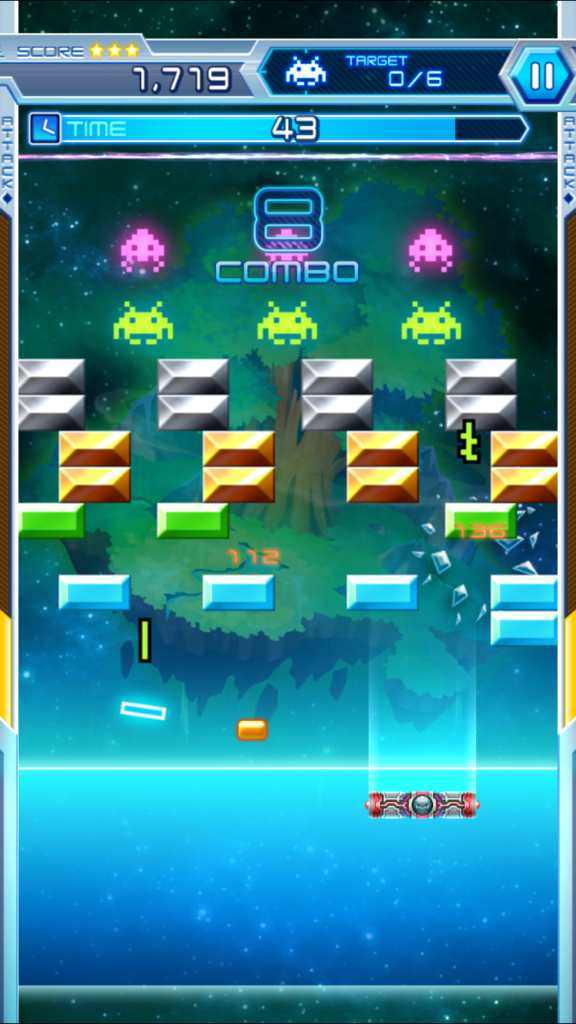
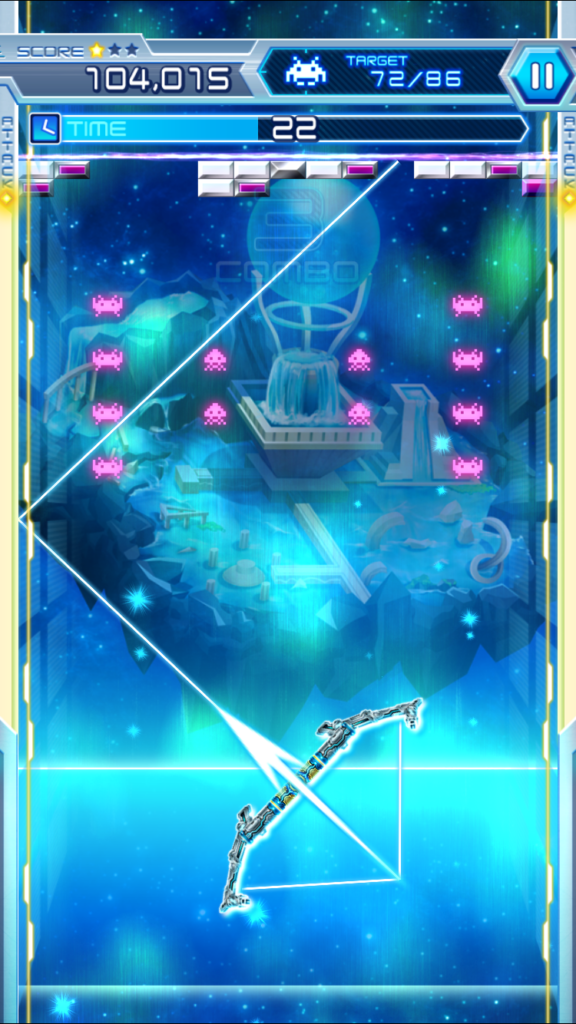
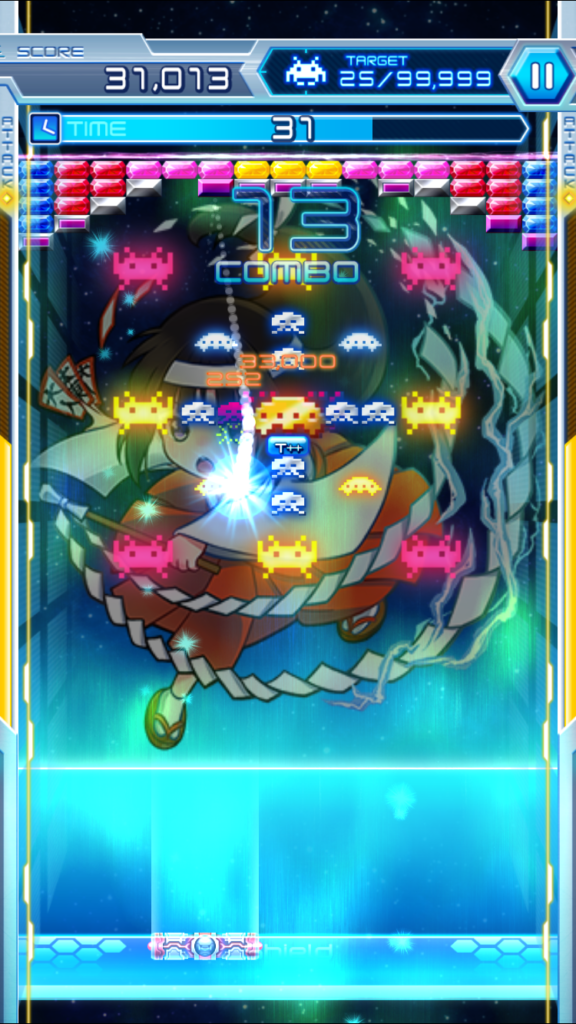
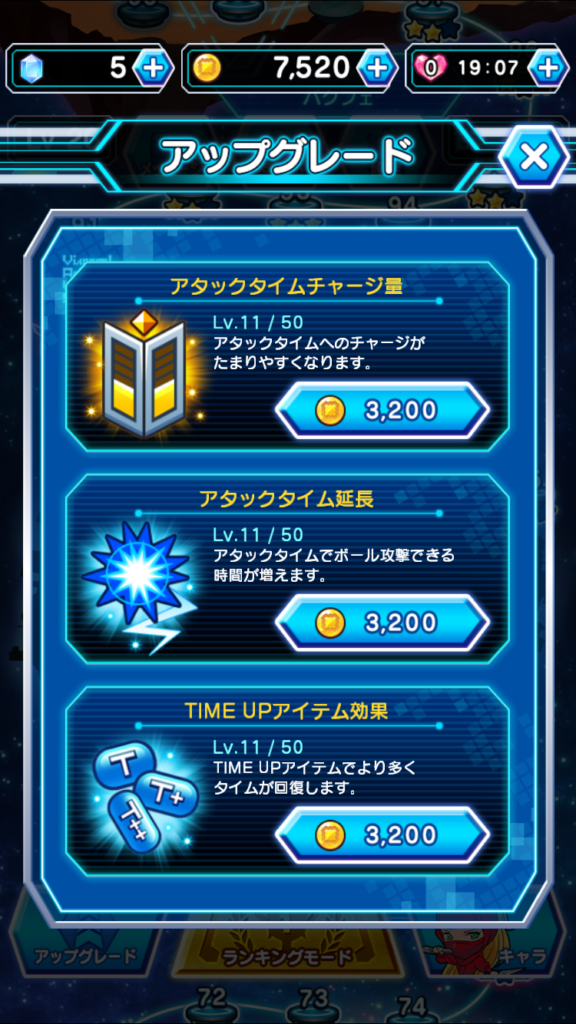
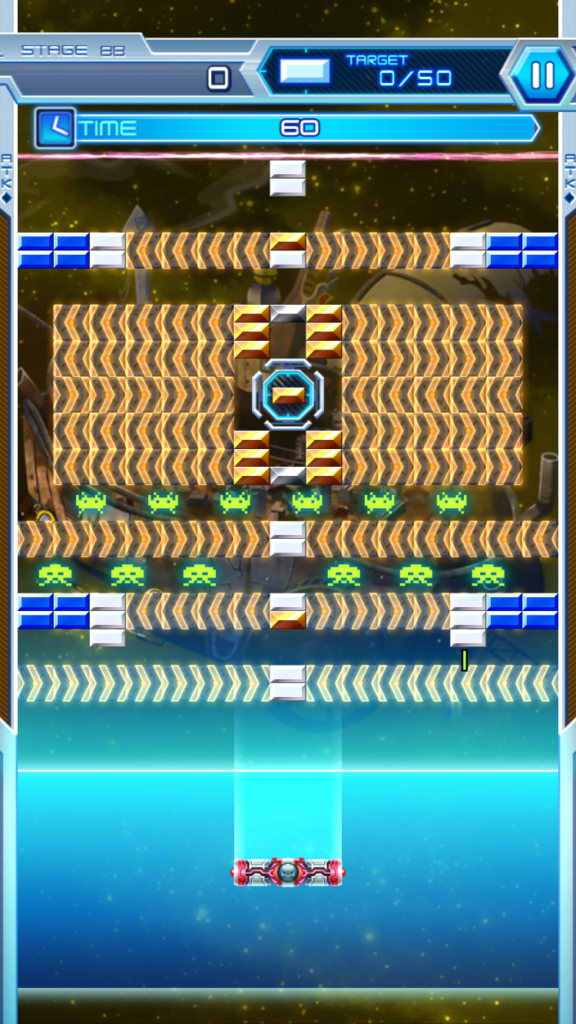
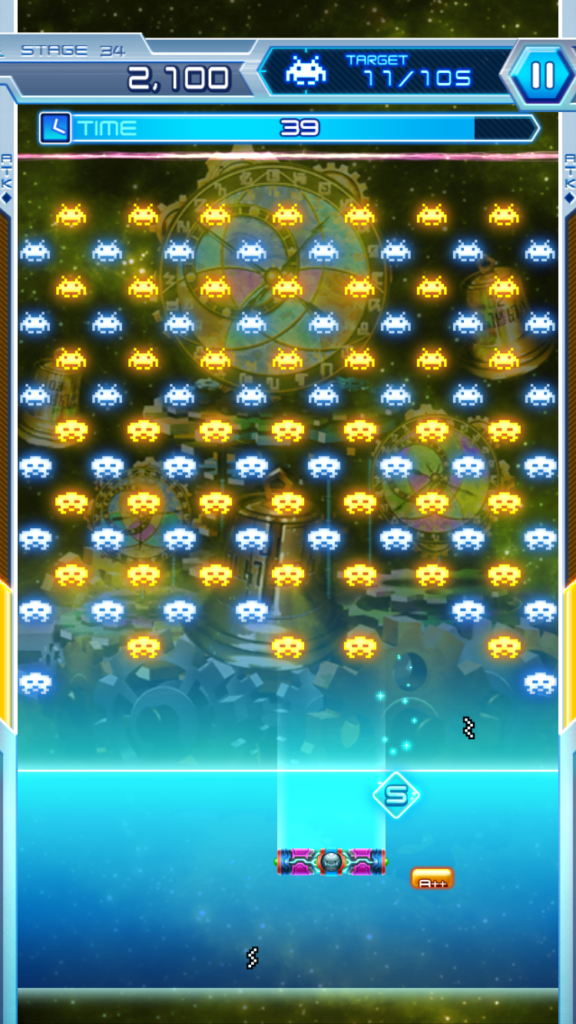
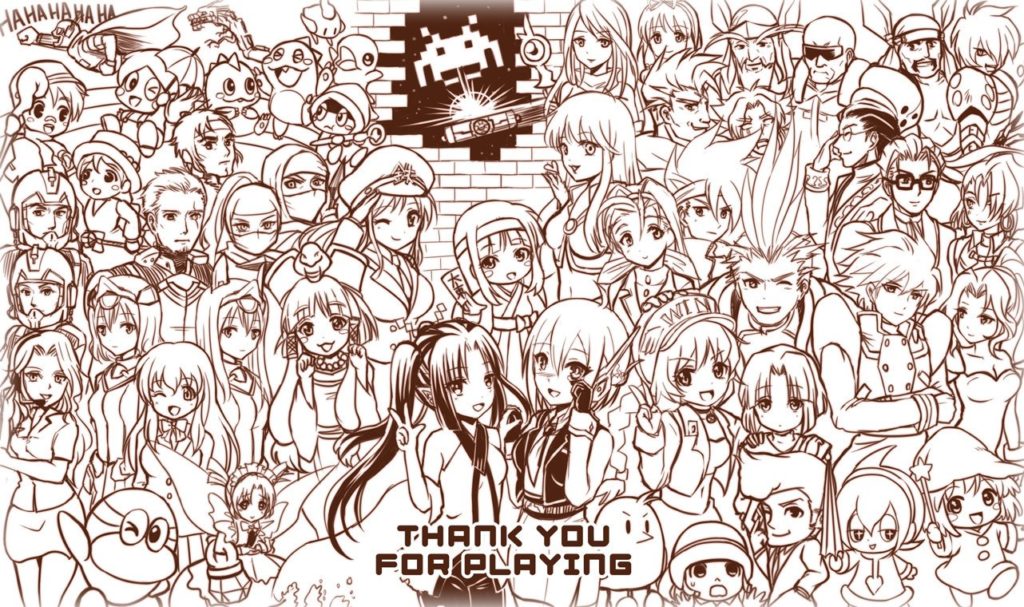
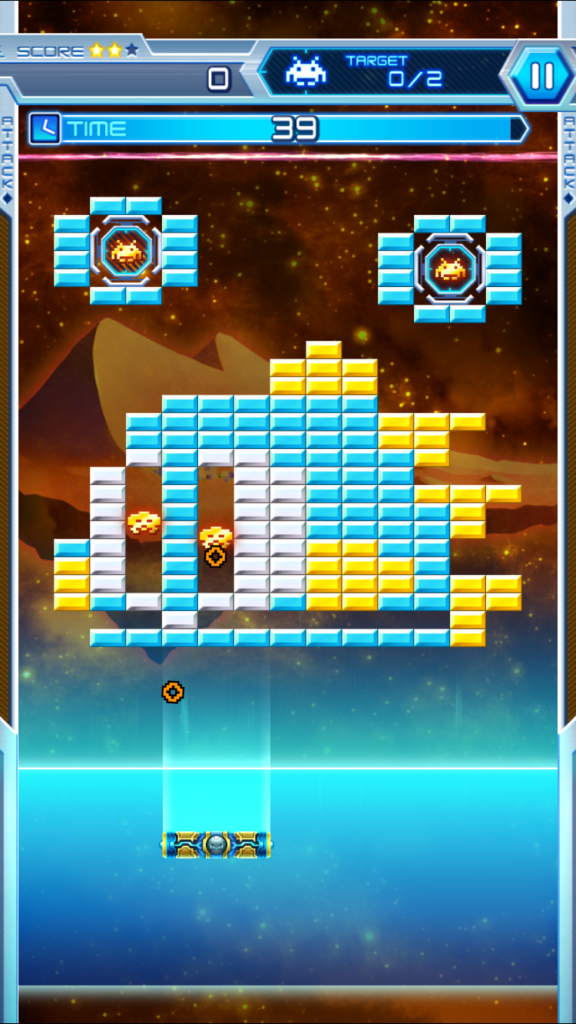
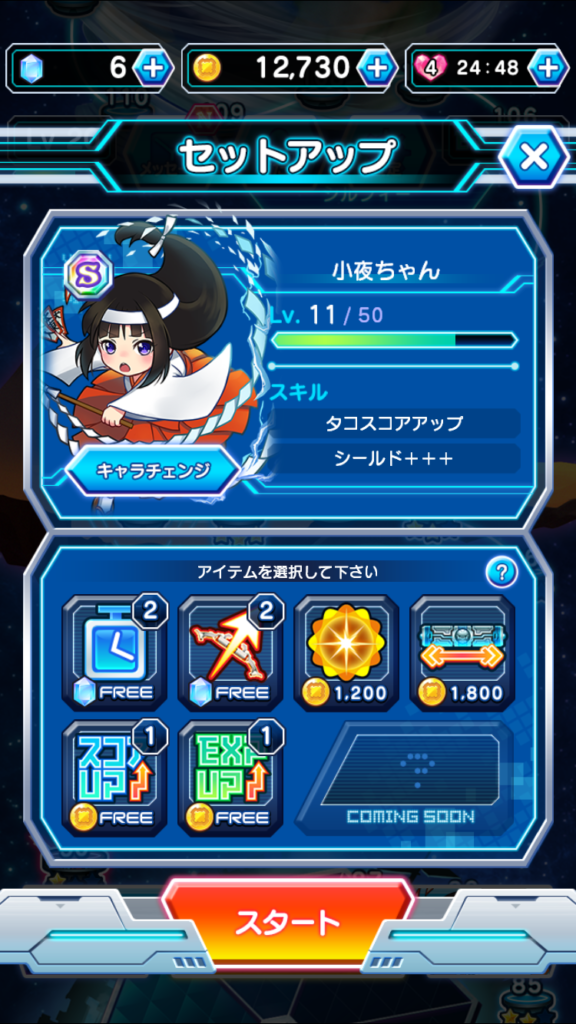
I finally beat Stage 94 today after probably 40 tries over the past two weeks. There are definitely some extreme spikes!
Thanks for putting all this together, great job! I knew about the Gacha, but that energy system sounds like it made the game way more frustrating. I did finish the game but some of those difficulty spike stages took many, many attempts. There is still a hidden option in Settings that I guess unlocks after beating Hard? Not doing that anytime soon.
Also, in that final piece of art, Hipopo’s there too- he was one of the characters I was sure would show up! God to know he was plannd, at least (alongside Mel from PuLiRuLa and even more Psychic Force characters)
I picked up the Japanese version as soon as I heard Psychic Force characters were in, and enjoyed it despite the brutal F2P. I’m glad it managed to make a comeback…now add Keith, Carlo, and Regina. Please.
Thank you for all your work what an interesting read. Do you know how many levels are in the American Android version? This info doesn’t seem to be readily available.